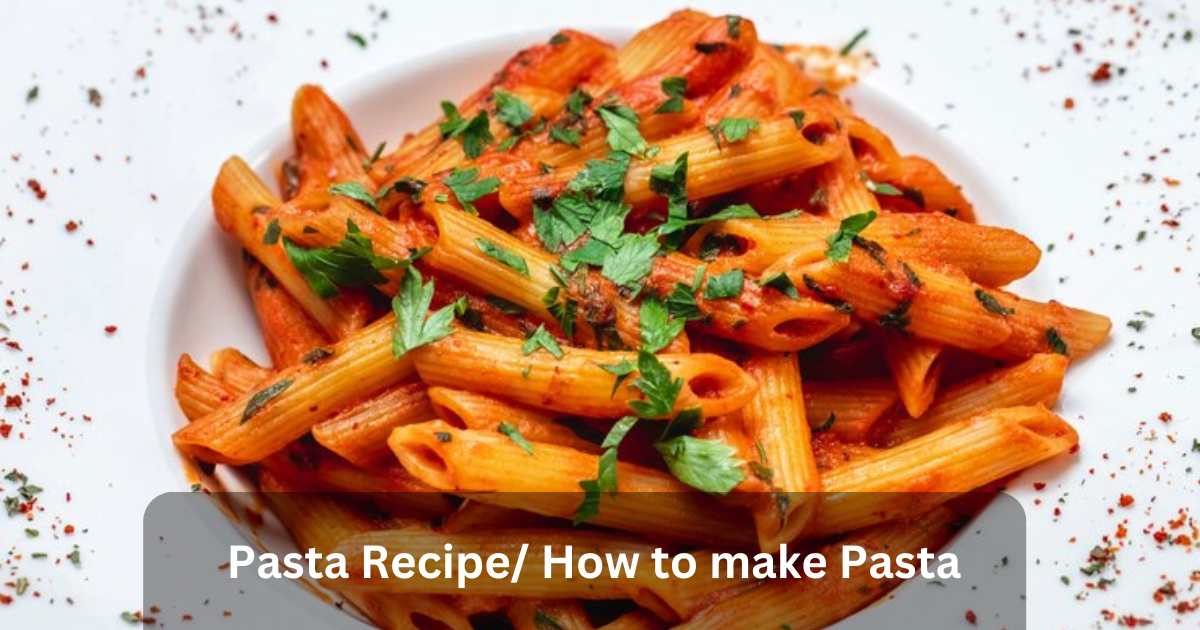Indulge in the timeless charm of authentic Italian cuisine with our meticulously crafted pasta recipe. Elevate your culinary prowess and delight your taste buds with this delectable dish straight from the heart of Italy. Whether you’re a seasoned chef or a passionate home cook, this recipe promises to deliver a symphony of flavors and textures that will leave you craving for more.
Ingredients:
- 400g of durum wheat semolina flour
- 4 large eggs, preferably organic
- A pinch of fine sea salt
- Freshly ground black pepper (optional)
- Extra virgin olive oil
Instructions:
- Prepare the Dough:
- On a clean, flat surface, create a mound of semolina flour.
- Form a well in the center of the flour mound, large enough to hold the eggs.
- Break the eggs into the center and add a pinch of salt.
- Using a fork, gradually whisk the eggs, incorporating the flour from the inner rim of the well. Continue until the mixture forms a dough.
- Mix the dough for 10-15 minutes until it’s smooth and stretchy. If it’s too dry, add some water. Conversely, if it’s too sticky, dust it with more flour.
- Wrap the dough in cling film and let it rest at room temperature for at least 30 minutes.
This helps the dough become softer, making it easier to flatten.
- Roll and Shape the Pasta:
- After resting, split the dough into smaller parts to manage it better.
- Dust your work surface and rolling pin with semolina flour to prevent sticking.
- Roll out each portion of dough into a thin sheet, aiming for a thickness of about 1-2mm.
- Depending on your preference, cut the pasta sheets into desired shapes such as fettuccine, tagliatelle, or pappardelle.
-
Cook the Pasta:
- Heat a big pot of salted water until it boils vigorously.
- Carefully add the freshly cut pasta to the boiling water, stirring gently to prevent sticking.
- Cook the pasta for approximately 2-3 minutes, or until al dente, retaining a slight firmness to the bite.
- Once cooked, drain the pasta using a colander, reserving a small amount of the cooking water.
- Serve and Enjoy:
- Move the cooked pasta to a serving plate.
- Drizzle with a generous amount of extra virgin olive oil, tossing gently to coat.
- Season with freshly ground black pepper, if desired, for an extra burst of flavor.
- Serve hot, garnished with grated Parmesan cheese and fresh herbs for a touch of authenticity.
Conclusion: Congratulations! You’ve just embarked on a culinary journey to the heart of Italy with our authentic pasta recipe. With its simple yet sophisticated flavors, this dish is sure to impress even the most discerning palates. Whether enjoyed with a classic tomato sauce or a creamy Alfredo, this homemade pasta will transport you to the sun-kissed landscapes of Italy with every bite. Buon appetito.
Tips and Tricks for Perfect Pasta:
- Quality Ingredients: Opt for high-quality ingredients, such as durum wheat semolina flour and fresh organic eggs, for superior flavor and texture.
-
Getting the dough texture right is very important. The dough should be smooth, elastic, and not too sticky or dry. Adjust with water or flour as needed during kneading
- Resting Period:
Let the dough sit for at least 30 minutes after kneading. This relaxes the gluten, making the dough easier to roll out and resulting in a tender texture when cooked
- Semolina Flour Dusting: Dust your work surface and rolling pin with semolina flour instead of all-purpose flour. Semolina flour prevents sticking and adds a subtle nutty flavor to the pasta.
- Rolling Techniques: Roll the dough gradually and evenly, applying gentle pressure. Start from the center and roll towards the edges, rotating the dough to maintain an even thickness.
- Thin is In: Aim for a thin pasta sheet, about 1-2mm thick, for optimal texture. Thinner pasta cooks more quickly and evenly, resulting in a delicate bite.
- Shaping Options: Get creative with pasta shapes! Experiment with classic shapes like fettuccine and tagliatelle, or try your hand at unique shapes like ravioli or farfalle.
-
Salted Boiling Water:
Ensure the pasta water is well-salted, as this seasons the pasta from within. For every liter of water, add about a tablespoon of salt.
- Al Dente Perfection: Cook the pasta just until al dente, meaning it’s firm to the bite. Avoid overcooking, as mushy pasta ruins the texture and flavor.
- Reserve Pasta Water: Before pouring out the pasta, save some of the water it cooked in.. This starchy water can be used to adjust the consistency of sauces and helps them adhere to the pasta.
- Quick Sauce Integration: Toss the cooked pasta immediately with your desired sauce in a hot pan or serving dish. This allows the pasta to absorb the flavors of the sauce evenly.
- Finishing Touches: Drizzle the cooked pasta with extra virgin olive oil for added richness and flavor. Garnish with freshly grated Parmesan cheese and herbs for a final flourish of authenticity.
By incorporating these tips and tricks into your pasta-recipe process, you’ll elevate your culinary creations to new heights and savor the true essence of Italian cuisine. Buon appetito!
